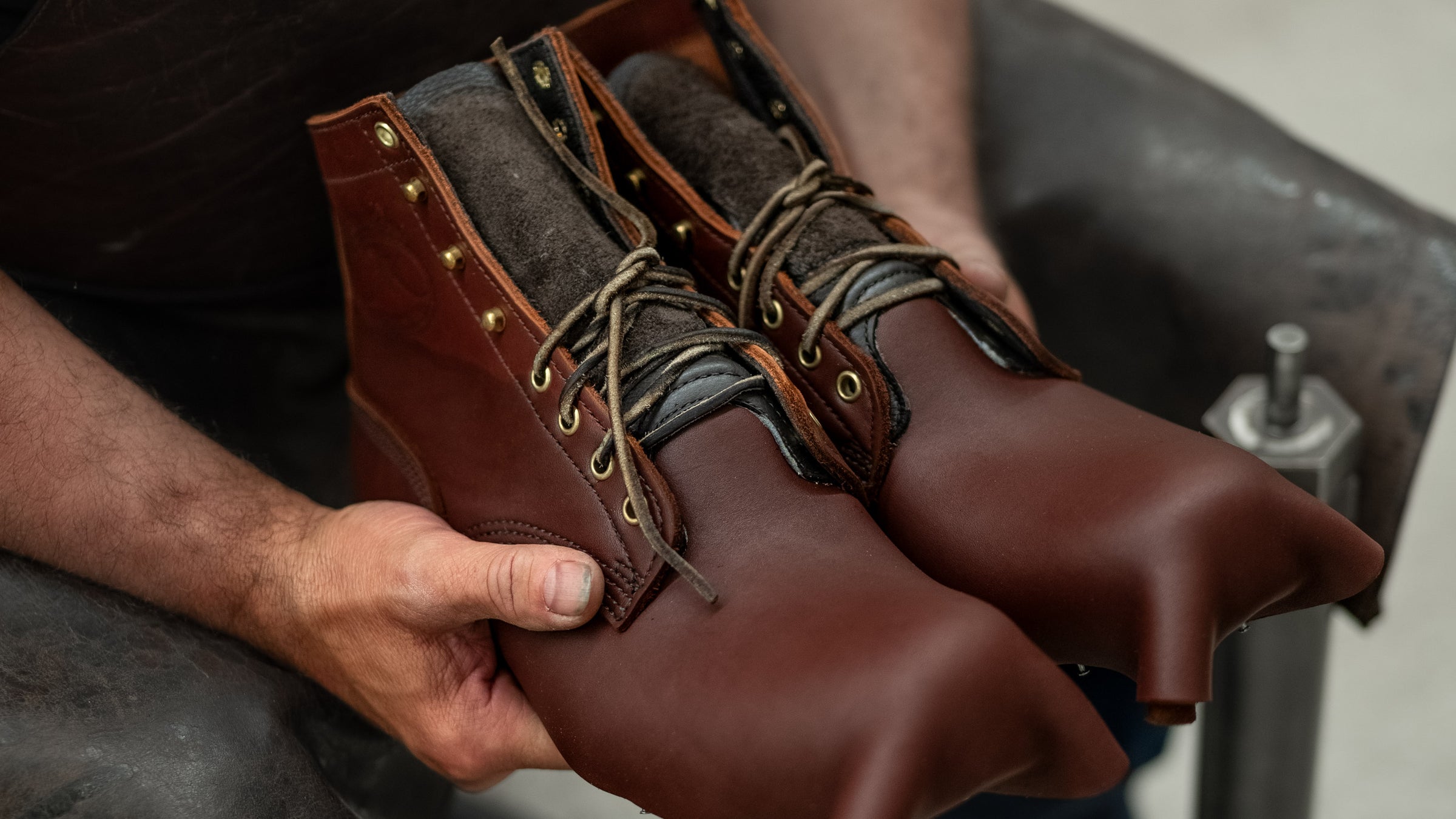How to Dry Winter Boots: 3 Easy Hacks to Keep Your Winter Boots Dryby Mikayla Turner
There’s very little chance that your winter boots won’t get wet at some point. After all, it’s why you bought them in the first place. After a day of snow, ice, or rain, you’ll need to dry your boots for another day’s work, but what’s the most efficient way to dry winter boots? These 3 hacks will show how you the way.























